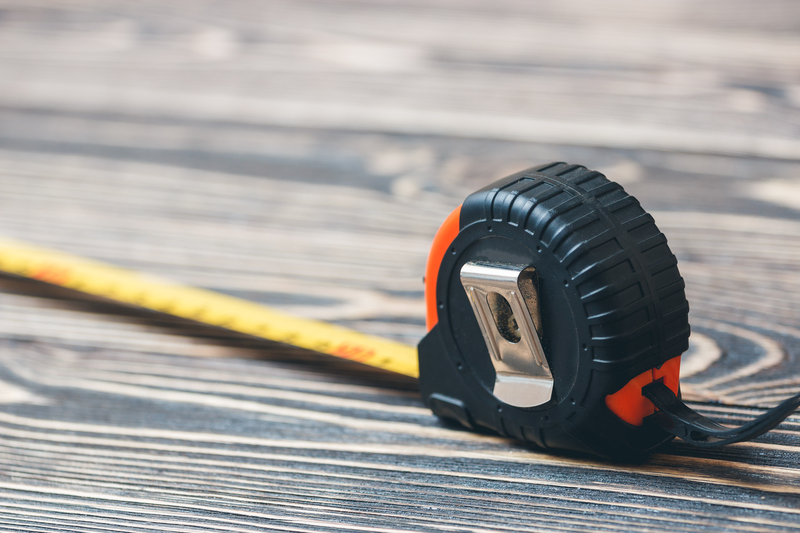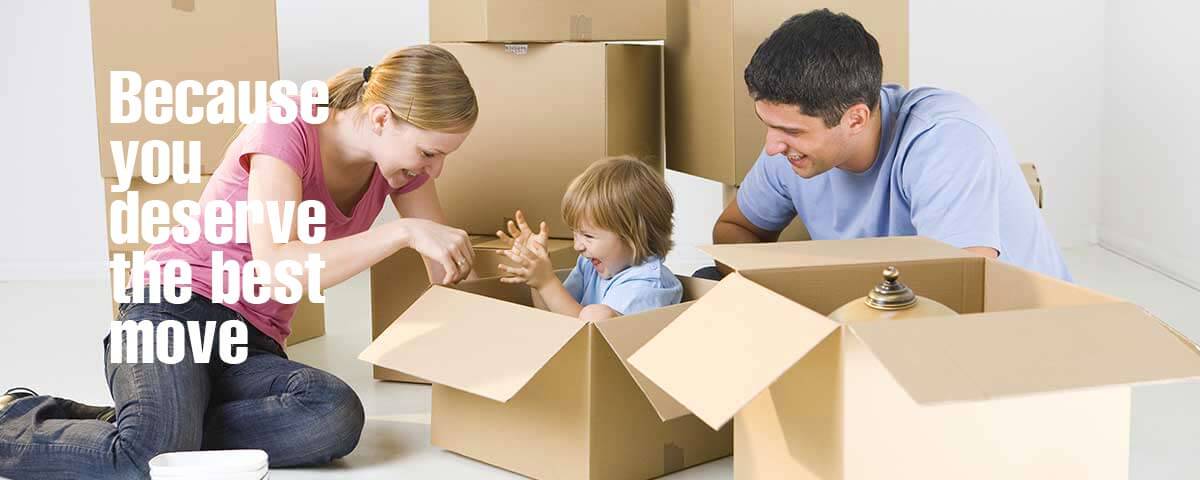Your Ultimate Bed and Mattress Moving Handbook
Posted on 04/06/2025
Your Ultimate Bed and Mattress Moving Handbook
Moving homes can be both exciting and overwhelming, especially when it comes to transferring big, bulky, and expensive items like your bed and mattress. Whether upgrading your living space, relocating for work, or just seeking a change, making sure your bed and mattress travel safely is essential for a good night's sleep at your new home. Welcome to Your Ultimate Bed and Mattress Moving Handbook--the comprehensive guide to ensuring your bed transition is smooth, simple, and stress-free!


Why You Need a Detailed Bed and Mattress Moving Guide
Beds and mattresses are investments in comfort and well-being. Improper handling during a move can result in damage, dirt, or even voided warranties. Navigating the right steps, knowing which tools to use, and learning how to protect your sleeping essentials will not only safeguard your belongings but also save you time and money.
This in-depth handbook covers everything from pre-move prep to reassembly, ensuring you're equipped for each stage of the process.
Table of Contents
- Planning for a Safe Bed and Mattress Move
- Must-Have Tools and Supplies
- Disassembling Your Bed Frame
- How to Protect Your Mattress During a Move
- Tips for Transporting Beds and Mattresses
- Special Considerations for Specialty Mattresses
- Reassembling Your Bed and Mattress
- Should You Hire Professional Movers?
- Frequently Asked Questions
- Final Thoughts
Planning for a Safe Bed and Mattress Move
Effective moving starts with a solid plan. Before you lift a finger, you'll want to:
- Take inventory: Note the size and type of each item you'll be moving (twin, full, queen, king, adjustable base, bunk beds, etc.).
- Measure doorways and hallways: Ensure your mattress and bed frame parts will fit through your new home's access points.
- Schedule your move: Pick a moving day when you can dedicate time and energy to carefully disassembling and transporting your bed.
- Enlist helpers: Beds and mattresses are heavy! Recruit family, friends, or professionals for assistance.
Laying this groundwork will ease the entire bed and mattress moving process.
Must-Have Tools and Supplies for Moving Beds and Mattresses
Having the right equipment can make a world of difference on moving day:
- Mattress bag or plastic cover: Protects against dirt, moisture, and tears.
- Moving blankets: Provide extra padding for wooden bed frames and headboards.
- Furniture straps or moving bands: Secure your mattress for transport, especially in moving vehicles.
- Tool kit: Wrench, screwdriver, and hex keys for loosening bolts and removing screws.
- Zip ties or bags for hardware: Keep small parts organized--label them clearly!
- Moving dolly: Reduces physical strain and helps move heavy mattresses and frames with ease.
- Tape and markers: Label all parts, especially if your bed frame is complex.
Pro Tip: Invest in high-quality mattress covers to safeguard against tears or water damage--especially vital for memory foam and latex beds.
Disassembling Your Bed Frame: Step-by-Step
1. Strip Down Your Bed
Remove all pillows, sheets, blankets, and toppers. Clean and fold bedding so it's ready for unpacking at your new home.
2. Take Photos and Label Parts
Before you start unscrewing, photograph your bed frame from multiple angles, focusing on how pieces connect. As you remove each part, use sticky notes or tape to label slats, rails, and screws. This step will save headaches during reassembly.
3. Unscrew and Dismantle Methodically
- Headboard & Footboard: Usually attached with bolts; use proper tools to avoid stripping the heads.
- Side Rails: Disconnect from main frame; keep all hardware together in labeled bags.
- Slats or Base: Remove these last, once the main structure is loosened.
For platform or adjustable beds, consult your manufacturer's instructions for detailed disassembly guidance.
4. Protect Your Bed Parts
Wrap each component in moving blankets and secure them with tape or straps. This prevents nicks and scratches.
How to Protect Your Mattress During a Move
Mattresses are particularly susceptible to damage. Here's how to keep yours safe and sanitary:
- Slide your mattress into a heavy-duty mattress bag. These are available for all mattress sizes and types, providing a sealed barrier against dirt, water, and pests.
- Secure the bag with packing tape to ensure it won't slip or slide off during handling.
- Never fold or bend the mattress--especially memory foam, hybrid, and innerspring mattresses. Folding can damage springs, foam layers, or compromise support integrity.
- Keep your mattress off the ground while loading and unloading. Use a dolly or carry it vertically with two people to prevent dragging.
Note: Some specialty mattresses may come with specific moving instructions. Review your manufacturer's care recommendations before moving day.
Tips for Transporting Beds and Mattresses
Whether you're using a moving truck, van, or trailer, follow these essential bed and mattress moving tips:
- Load the mattress upright and along a wall in the vehicle. This maximizes space and reduces the risk of heavy items falling on it.
- Use straps to secure the mattress and prevent shifting during travel.
- Avoid placing heavy boxes or furniture on top of the mattress, as this can deform its structure.
- Load bed frame parts together and pad them well to prevent scratches or dents.
- If moving in rain or snow, double-wrap mattresses to safeguard against moisture.
For local moves, transporting on top of your car is risky and not recommended for larger mattresses. Improper securing can lead to loss or road hazards.
Special Considerations for Specialty Mattresses
Memory Foam and Latex Mattresses
- Must remain flat during transit to avoid permanent damage to the foam structure.
- Use reinforced mattress boxes if available, especially for long-distance or storage moves.
Hybrid or Innerspring Mattresses
- More resilient than pure foam but should also be kept flat and protected from bending.
- Use a sturdy bag and avoid stacking other items on top.
Adjustable or Split Mattresses
- Disassemble base and motors according to manufacturer specifications.
- Store electronics and cords in labeled bags.
Always consult your warranty prior to moving. Some manufacturers require you to follow specific packing/moving instructions to keep your warranty valid.
Reassembling Your Bed and Mattress
Setting up your bed after a move is the final step to restoring your comfort. Here's how to get it right:
- Unpack frame parts carefully. Check for any damage, and clean surfaces before assembly.
- Lay out components and refer to your pre-move photos or manufacturer's manual for guidance.
- Assemble the frame step by step, tightening bolts evenly for a stable structure.
- Inspect slats or support base to ensure there's no warping or breakage.
- Remove mattress from cover or bag and allow it to "breathe" for a few hours, especially memory foam, which may need time to expand and ventilate.
- Add your clean linens and enjoy your rejuvenated sleep space!
Should You Hire Professional Movers for Beds and Mattresses?
While DIY bed and mattress moving is feasible for many, hiring professionals can provide significant benefits:
- Expertise: Movers are experienced with large furniture and can handle awkward angles and tight hallways.
- Proper equipment: Professional teams come with all the necessary padding, dollies, and covers.
- Liability coverage: Insured movers safeguard you against accidental damage or loss.
When to Consider Pros:
- You have king- or California king-size beds or extremely heavy mattresses.
- You're moving upstairs or through tight stairwells.
- Your schedule doesn't allow for DIY disassembly and transport.
Tip: Get several quotes from reputable moving companies and inquire specifically about their handling procedures for beds and mattresses.
Frequently Asked Questions
How do you move a mattress without damaging it?
Always use a mattress bag, keep it upright, never drag, and secure with straps during transit. Avoid folding unless specifically designed to do so.
Can I transport a bed and mattress by myself?
If you have a small setup (twin/full bed), a large vehicle, and some muscle, it's possible. For larger or heavier beds, enlist help to prevent injury or property damage.
How do you clean and prep a mattress for moving?
- Vacuum the entire mattress surface.
- Spot clean any stains with a mild cleaner and allow it to dry completely.
- Encase in a mattress protector or bag just before loading.
Do moving companies move mattresses?
Yes, but always confirm they use mattress bags and appropriate handling techniques to prevent damage or soiling.
Final Thoughts: Sleep Soundly After the Move
Relocating your bed and mattress doesn't have to be a dreaded ordeal. With the tips, tools, and techniques in Your Ultimate Bed and Mattress Moving Handbook, you'll protect your investment, maintain comfort, and ensure your transition goes as smoothly as possible.
Prioritize planning, use the right supplies, ask for help when needed, and give yourself time to reassemble with care. Follow these guidelines, and your bed and mattress moving experience will leave you perfectly set up for restful nights in your new home.
For more guides on making your move seamless, revisit this handbook and share it with friends or family gearing up for their next big move!



